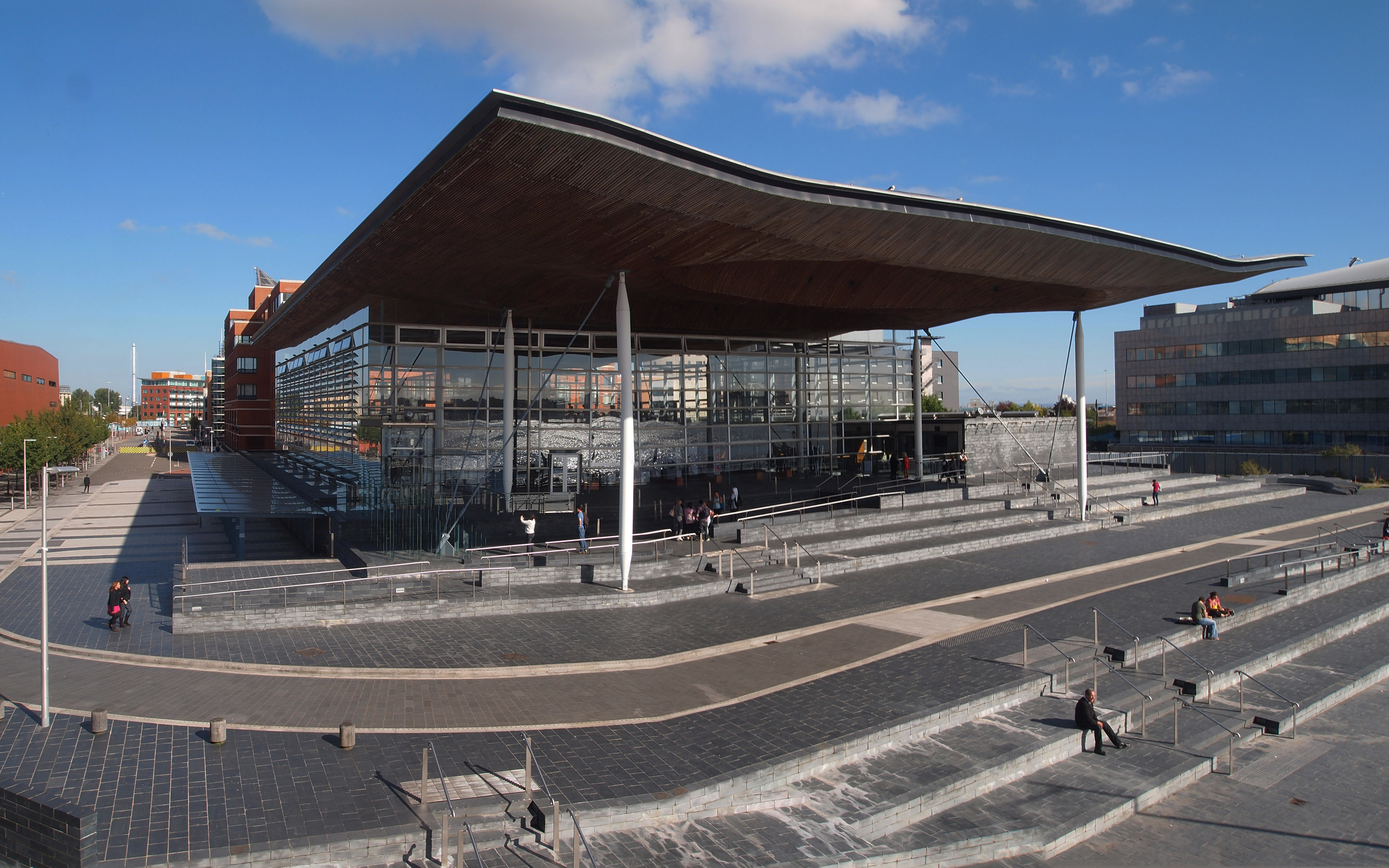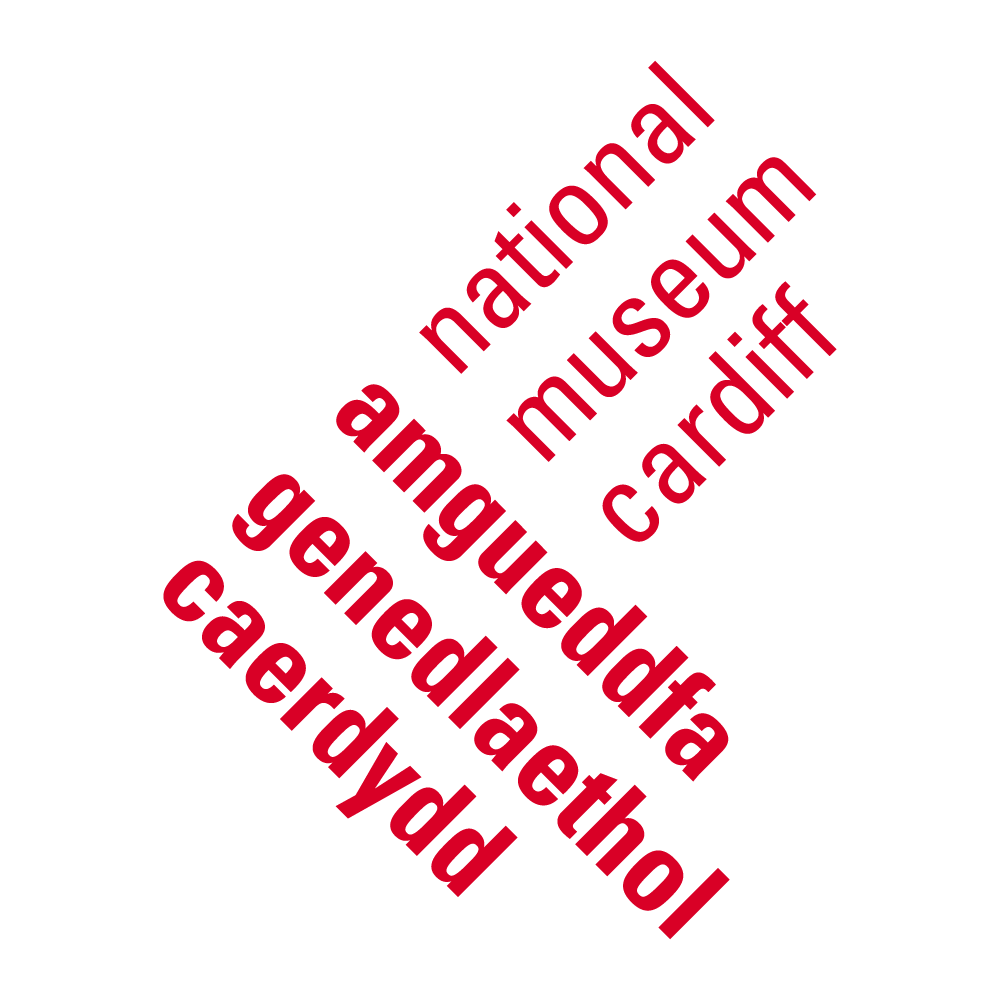|
Capital Of Wales
The current capital of Wales is Cardiff. Historically, Wales did not have a definite capital. In 1955, the Minister for Welsh Affairs informally proclaimed Cardiff to be the capital of Wales. Since 1964, Cardiff has been home to government offices for Wales, and since 1999 it has been the seat of the Senedd. History In the past, multiple places have served as a seat of the government of Wales, including: *Abergwyngregyn the seat of the Kingdom of Gwynedd *Strata Florida Abbey, the Cistercian abbey where Llywelyn the Great held council in 1238. *Machynlleth, where Owain Glyndŵr held a parliament in 1404. *Ludlow (Welsh ''Llwydlo'', in Shropshire, England), seat of the Council of Wales and the Marches from 1473 to 1689. The ecclesiastical capital of Wales is St Davids, the resting place of the country's patron saint, Saint David. In the 19th century, Cardiff grew to become the largest settlement in Wales, due to its role as a port for exporting coal from the South Wales Valleys ... [...More Info...] [...Related Items...] OR: [Wikipedia] [Google] [Baidu] |
Clement Attlee
Clement Richard Attlee, 1st Earl Attlee, (3 January 18838 October 1967) was a British politician who served as Prime Minister of the United Kingdom from 1945 to 1951 and Leader of the Labour Party from 1935 to 1955. He was Deputy Prime Minister during the wartime coalition government under Winston Churchill, and served twice as Leader of the Opposition from 1935 to 1940 and from 1951 to 1955. Attlee remains the longest serving Labour leader. Attlee was born into an upper-middle-class family, the son of a wealthy London solicitor. After attending the public school Haileybury College and the University of Oxford, he practised as a barrister. The volunteer work he carried out in London's East End exposed him to poverty, and his political views shifted leftwards thereafter. He joined the Independent Labour Party, gave up his legal career, and began lecturing at the London School of Economics. His work was interrupted by service as an officer in the First World War. In 1919, he ... [...More Info...] [...Related Items...] OR: [Wikipedia] [Google] [Baidu] |
Caernarfon
Caernarfon (; ) is a royal town, community and port in Gwynedd, Wales, with a population of 9,852 (with Caeathro). It lies along the A487 road, on the eastern shore of the Menai Strait, opposite the Isle of Anglesey. The city of Bangor is to the north-east, while Snowdonia fringes Caernarfon to the east and south-east. Carnarvon and Caernarvon are Anglicised spellings that were superseded in 1926 and 1974 respectively. Abundant natural resources in and around the Menai Strait enabled human habitation in prehistoric Britain. The Ordovices, a Celtic tribe, lived in the region during the period known as Roman Britain. The Roman fort Segontium was established around AD 80 to subjugate the Ordovices during the Roman conquest of Britain. The Romans occupied the region until the end of Roman rule in Britain in 382, after which Caernarfon became part of the Kingdom of Gwynedd. In the late 11th century, William the Conqueror ordered the construction of a motte-and-bailey cas ... [...More Info...] [...Related Items...] OR: [Wikipedia] [Google] [Baidu] |
South Wales Daily News
South is one of the cardinal directions or compass points. The direction is the opposite of north and is perpendicular to both east and west. Etymology The word ''south'' comes from Old English ''sūþ'', from earlier Proto-Germanic ''*sunþaz'' ("south"), possibly related to the same Proto-Indo-European root that the word ''sun'' derived from. Some languages describe south in the same way, from the fact that it is the direction of the sun at noon (in the Northern Hemisphere), like Latin meridies 'noon, south' (from medius 'middle' + dies 'day', cf English meridional), while others describe south as the right-hand side of the rising sun, like Biblical Hebrew תֵּימָן teiman 'south' from יָמִין yamin 'right', Aramaic תַּימנַא taymna from יָמִין yamin 'right' and Syriac ܬܰܝܡܢܳܐ taymna from ܝܰܡܝܺܢܳܐ yamina (hence the name of Yemen Yemen (; ar, ٱلْيَمَن, al-Yaman), officially the Republic of Yemen,, ) is a country in Western A ... [...More Info...] [...Related Items...] OR: [Wikipedia] [Google] [Baidu] |
Sir John Williams, 1st Baronet, Of The City Of London
Sir John Williams, 1st Baronet (6 November 1840 – 24 May 1926), was a Welsh physician, who attended Queen Victoria of the United Kingdom and was raised to the baronetcy by her in 1894. He is remembered chiefly for his contribution to the collection of the National Library of Wales. He resided for part of his life at Plas Llanstephan, Carmarthenshire, a house he acquired by lease. Education and medical career John Williams was born in Gwynfe hamlet, Carmarthenshire, the son of David Williams (1802–1842), a Welsh Congregational minister, and his wife, Eleanor. He had four siblings. His father's elder brother, Morgan Williams (1800–1892) had 11 children, John's first cousins. Williams went to school in Swansea, then to the University of Glasgow, and finally to University College Hospital, London, to complete his medical studies: among other disbursements on his death he bequeathed £2,000 to the University College Hospital, London. In 1886 he became a private doctor to the ... [...More Info...] [...Related Items...] OR: [Wikipedia] [Google] [Baidu] |
National Library Of Wales
The National Library of Wales ( cy, Llyfrgell Genedlaethol Cymru), Aberystwyth, is the national legal deposit library of Wales and is one of the Welsh Government sponsored bodies. It is the biggest library in Wales, holding over 6.5 million books and periodicals, and the largest collections of archives, portraits, maps and photographic images in Wales. The Library is also home to the national collection of Welsh manuscripts, the National Screen and Sound Archive of Wales, and the most comprehensive collection of paintings and topographical prints in Wales. As the primary research library and archive in Wales and one of the largest research libraries in the United Kingdom, the National Library is a member of Research Libraries UK (RLUK) and the Consortium of European Research Libraries (CERL). At the very core of the National Library of Wales is the mission to collect and preserve materials related to Wales and Welsh life and those which can be utilised by the people of Wales fo ... [...More Info...] [...Related Items...] OR: [Wikipedia] [Google] [Baidu] |
University Of Wales
The University of Wales (Welsh language, Welsh: ''Prifysgol Cymru'') is a confederal university based in Cardiff, Wales. Founded by royal charter in 1893 as a federal university with three constituent colleges – Aberystwyth, Bangor and Cardiff – the university was the first university established in Wales, one of the four countries in the United Kingdom. The university was, prior to the break up of the federation, the second largest university in the UK. A federal university similar to the University of London, the University of Wales was in charge of examining students, while its colleges were in charge of teaching. Historically, the University of Wales was the only university in Wales until the establishment of the University of Glamorgan in 1992. Former colleges under the University of Wales included most of the now independent universities in Wales: Aberystwyth University (formerly University of Wales, Aberystwyth), Bangor University (formerly University of Wales, Bangor), ... [...More Info...] [...Related Items...] OR: [Wikipedia] [Google] [Baidu] |
University Of Wales, Registry
The University of Wales Registry ( cy, Cofrestrfa Prifysgol Cymru) is the administrative headquarters of the University of Wales, located in Cathays Park, Cardiff, Wales. The University of Wales was a confederal University founded in 1893. It functioned as the degree-awarding authority for its member institutions and existed to support their academic activities. Following a series of controversies, it was decided in 2011 to merge the University with the University of Wales Trinity Saint David. As of August 2017, the two universities were fully integrated but the merger had not been legally finalised. The Registry is located on King Edward VII Avenue in Cathays Park, Cardiff's Civic Centre. It became a Grade II listed building on 25 January 1966. The Building In 1902 the Cardiff Corporation reached an agreement with the University of Wales to locate their main administrative office in Cathays Park, and gifted the land to the University, along with £6,000 for the erection o ... [...More Info...] [...Related Items...] OR: [Wikipedia] [Google] [Baidu] |
Welsh National War Memorial
The Welsh National War Memorial ( cy, Cofeb ryfel Cenedlaethol Cymru) is situated in Alexandra Gardens, Cathays Park, Cardiff. The memorial was designed by Sir Ninian Comper and unveiled on 12 June 1928 by the Prince of Wales. The memorial commemorates the servicemen who died during the First World War and has a commemorative plaque for those who died during the Second World War, added in 1949. Design and construction The Memorial was first suggested in 1917. However, detailed proposals were not established until October 1919 when the '' Western Mail'' created a national subscription fund and a committee set up to manage the scheme. There were four designs submitted to the committee and the design selected was by Sir Ninian Comper and approved in 1924. It was sculptured by Henry Alfred Pegram. The stone masons were William Drinkwater Gough and Messrs E Turner & Sons. The bronze statues were cast by A.B. Burton. The memorial is the only 'secular' work by Comper, who was prima ... [...More Info...] [...Related Items...] OR: [Wikipedia] [Google] [Baidu] |
National Museum Cardiff
National Museum Cardiff ( cy, Amgueddfa Genedlaethol Caerdydd) is a museum and art gallery in Cardiff, Wales. The museum is part of the wider network of Amgueddfa Cymru – National Museum Wales. Entry is kept free by a grant from the Welsh Government; however, they do ask for donations throughout the museum. History The National Museum of Wales was founded in 1905, with its royal charter granted in 1907. Part of the bid for Cardiff to obtain the National Museum for Wales included the gift of the Cardiff Museum Collection, then known as "Welsh Museum of Natural History, Archaeology and Art," which was formally handed over in 1912. The Cardiff Museum was sharing the building of Cardiff Library, and was a sub-department of the library until 1893. Construction of a new building in the civic complex of Cathays Park began in 1912, but owing to the First World War it did not open to the public until 1922, with the official opening taking place in 1927. The architects were Arnold Dun ... [...More Info...] [...Related Items...] OR: [Wikipedia] [Google] [Baidu] |

.png)




